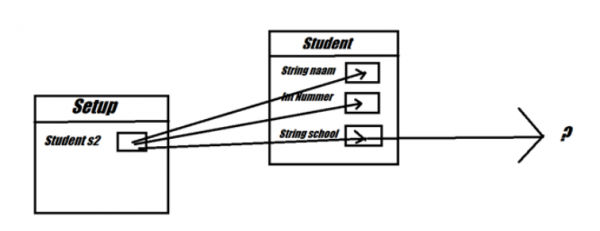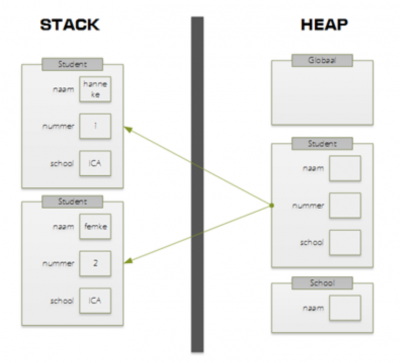Student Contribution Esteem/alx
| Student Contribution Esteem | |
| Contributors | Christian Köppe, Ralph Niels, Robert Holwerda, Lars Tijsma, Niek Van Diepen, Koen Van Turnhout, René Bakker |
|---|---|
| Last modification | June 6, 2017 |
| Source | Köppe, Niels, Holwerda, Tijsma, Van Diepen, Van Turnhout, and Bakker (in press 2015)[1][2]; Köppe et al. (2016)[3] |
| Pattern formats | OPR Alexandrian |
| Usability | |
| Learning domain | |
| Stakeholders | |
Students have prepared solutions to exercises, and you want to Use Student Solutions (Use Student Solutions) to organize an active classroom discussion. This discussion might involve that the solution owner, the student, talks about the reasoning behind his or her solution and that other students ask relevant questions and respond substantively.
Discussing the work of a student is often experienced as personal critique and embarrassing for him or her, especially if done in front of the whole class.
Showing a student’s solution can trigger all kinds of reactions that do not contribute to the learning process. Students might try to figure out who owns the solution under discussion, instead of focusing on the subject, or they might be commenting on the solution in an unproductive way.
In general, no one likes being the focus of attention if negative issues are discussed (even if they are presented as points for improvement). In consequence, not so good students might stop with handing in their homework.
Therefore: thank the student explicitly for contributing to the specific aspect(s) of the subject matter you want to discuss with his or her solution and therefore helping everybody with learning.
Before starting the discussion about the solutions, you can explicitly thank the student for his or her contribution. However saying thank every time might feel a bit awkward and isn’t necessary. The important aspect of the pattern is that you specify the contribution and acknowledge the work and thinking process of the student.
Asking questions to the solution owner about the solution provides you with information about the reasoning, but can also be used to implicitly thank the student. Make sure to signal that you value every answer and give the student enough time to think.
After listening to the student, relate the answer to the relevant aspects of the subject matter. Even if some answers are wrong, part of the reasoning might be valid, or at least relevant. Make sure you point out the relevance and chain the answer to the discussion you want to evoke by asking follow up question to the class.
Creating and maintaining a safe learning environment that thrives on students saying a lot of things is important. However, especially in the beginning of a new course where most students do not know each other well, you should consider starting with Anonymize Solutions (Anonymize Solutions) first in order to emphasize that the focus is on the solution used for learning and not on the student who handed it in.
In the programming course Object Oriented Program Development students are regularly asked to draw a memory model of an executing program. Most students have a difficult time understanding the memory model and there is a wide variety of misconceptions. Below are three student solutions for the same problem:
In class the teacher thanks each student for sharing their thinking process, hereby helping everyone understanding the subject matter. To further reinforce self-esteem, correct elements are identified and the students are asked about their considerations when drawing the model. After that the solution is improved by using input from class and comparing it to other solutions.
References
- ↑ First mentioned in Köppe, C., Niels, R., Holwerda, R., Tijsma, L., van Diepen, N., van Turnhout, K., Bakker, R., (2015). Flipped Classroom Patterns - Designing Valuable In-Class Meetings. In Proceedings of the 20th European Conference on Pattern Languages of Programs (EuroPLoP 2015). New York:ACM.
- ↑ Köppe, C., Niels, R., Holwerda, R., Tijsma, L., Van Diepen, N., Van Turnhout, K., & Bakker, R. (in press 2015). Flipped Classroom Patterns - Using Student Solutions. In Proceedings of the 22nd Conference on Pattern Languages of Programs (PLoP 2015). New York:ACM.
- ↑ Patlet also published in Köppe, C., Niels, R., Bakker, R., & Hoppenbrouwers, S. (2016). Flipped Classroom Patterns-Controlling the Pace. In Proceedings of the 10th Travelling Conference on Pattern Languages of Programs (VikingPLoP 2016). New York:ACM.

